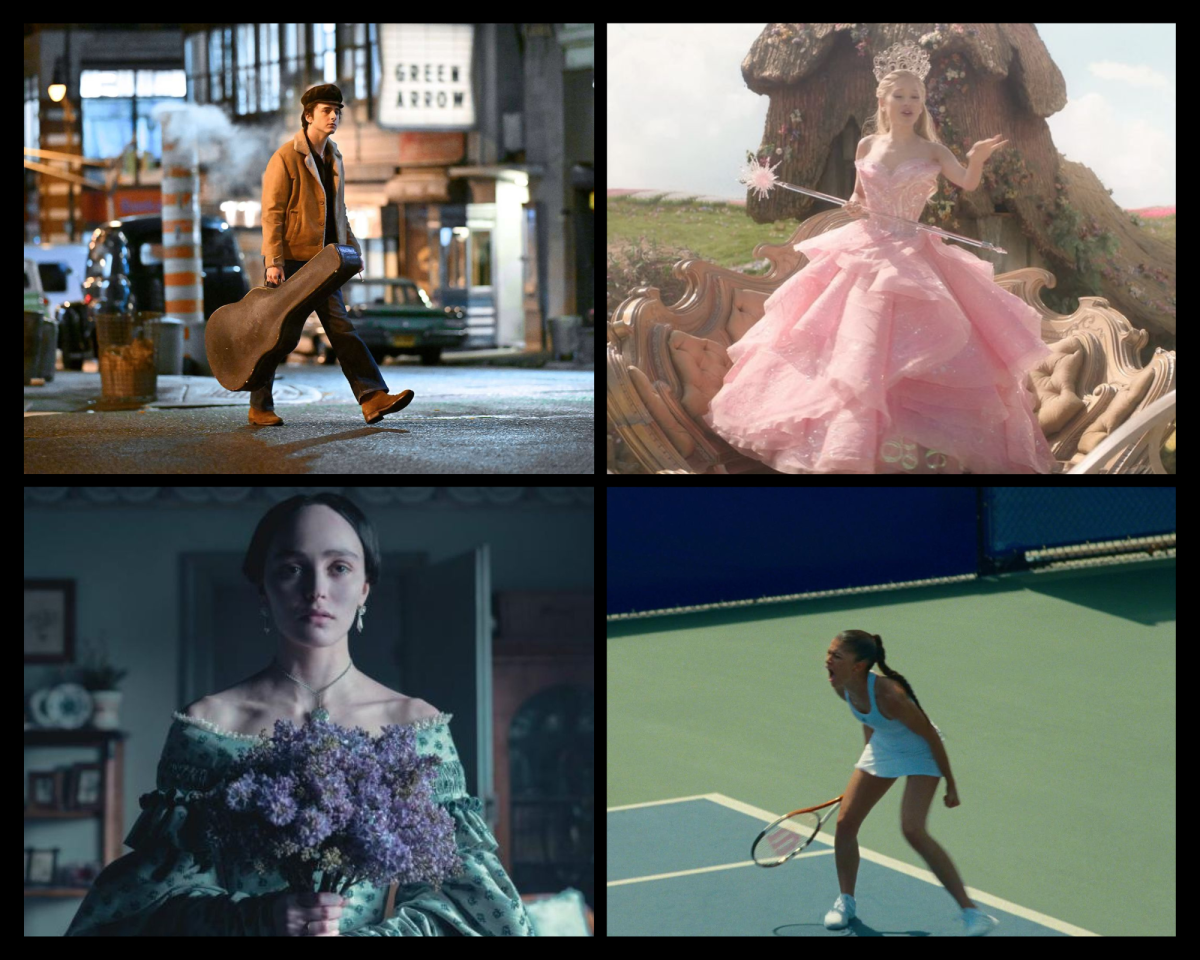For as long as film has been around there has always been an idea that it can and should be more interactive to a broader general audience. This idea has currently taken the form of 3-D.
This technology allows the viewer to perceive images as if they are actually in front of them instead of on a flat screen.
Three-dimensional film to me has always been merely a gimmick to attract customers during a time when ticket prices are high and moviegoers are few and far between.
However there are some exceptions, especially in the case of “The Lion King 3D.”
I recently saw the rerelease of Disney’s “The Lion King” and to be perfectly honest, it was the best 3-D film I’ve seen, even topping “Avatar” which used its 3-D element as a major selling point.
What I analyzed about the film was that the 3-D worked better when used to enhance a two-dimensional space.
Films in 3-D have trouble convincing me that they are worth watching, or for that matter worth the $13.75 a ticket. But in the case of “The Lion King 3D” it works very well.
If you take for instance a film like “Avatar,” which contains three-dimensional objects in a three-dimensional space then your mind already conceives those objects within that frame as having three dimensions (i.e. height, width and depth). This is achieved through the use of lighting to create shadows and to create depth within the image. So a film like Avatar adding this newly enhanced 3-D technology detracts from the viewing experience. The viewer tends to miss parts of cinematography that the director purposefully puts in the movie to be significant because they are distracted by the 3-D effect.
In the case of “The Lion King,” you have an animated film that is drawn out and appears flat to the viewer. After adding the 3-D effect to the image it then gives the objects on screen a sense of depth.
The most noticeable moment where the effect worked was the simple scene when Scar tells Simba to wait for a surprise, which is followed by Mufasa’s death.
The camera then tracks up a cliffside, and the viewer can physically see and almost feel the way in which it moves and contorts to shape the land. This would not be possible if the 3-D effect wasn’t there. The simplicity of the scene, which didn’t even involve any characters on screen, shows 3-D can work but only in certain types of films.
It’s apparent the 3-D technology works; however, only a very small portion of films can utilize it effectively.
You won’t see me at very many 3-D movies, but I couldn’t pass up seeing a Disney classic on the “big screen.” And I’m definitely not disappointed that I did.







